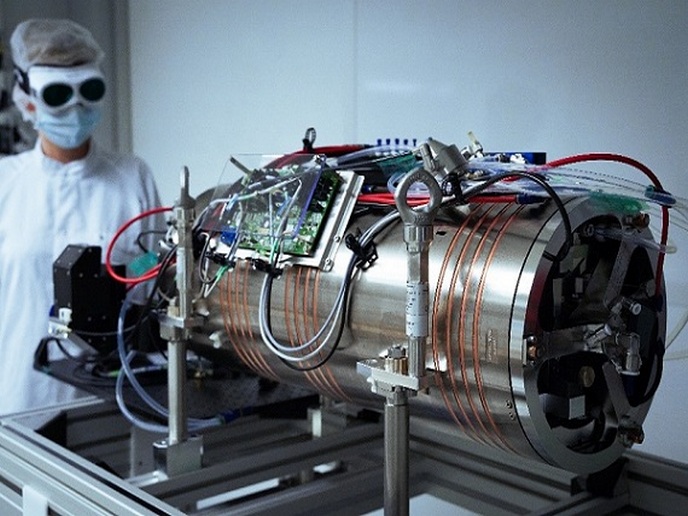A promising alternative to solder
Currently, most electronic joining is done with a metallic filler (the solder). It is melted and dropped between the two circuit components of interest, solidifying and forming a bridge for current to flow. These tiny connections are subject to degradation over time, a process sped up by harsh environments of extreme temperature and vibration. Failures can have important consequences both for businesses and end users. A novel joining technique first applied to large components in the transport sector has now been downsized even further. With EU funding of the project MICROSTIR(opens in new window), scientists developed micro-friction stir welding to accommodate ultra-thin sheet metal and specialist circuitry. Friction stir welding is a solid-state joining procedure that essentially softens the two components to be joined via frictional heat created by a rotating welding tool. The components are then pressed together, creating smooth joints with ultra-fine grain structure. In addition, friction stir welding can produce high-quality joints between dissimilar materials with minimal formation of undesirable compounds at the joint. To top it off, the process consumes much less energy and produces virtually no pollutants compared to conventional processes; it is also safer for workers. The team created the tooling, processes and prototype production equipment for electronics assembly and encapsulations targeted for harsh environments. Accordingly, two prototype systems were developed: spot welding for electronics and seam welding for hermetic sealing. Both were implemented in trial production runs, producing quality welds and simultaneously enabling identification of the physical limits imposed by miniaturisation. Data collected has led to a rigorous determination of potential applications, welding parameters and set-ups. MICROSTIR has pushed the frontiers of friction stir welding with prototype tools and processes for electronics assembly and encapsulation of components headed for harsh service environments. Further optimisation promises commercialisation and important benefits for small and medium-sized enterprises in the electronics assembly business.







